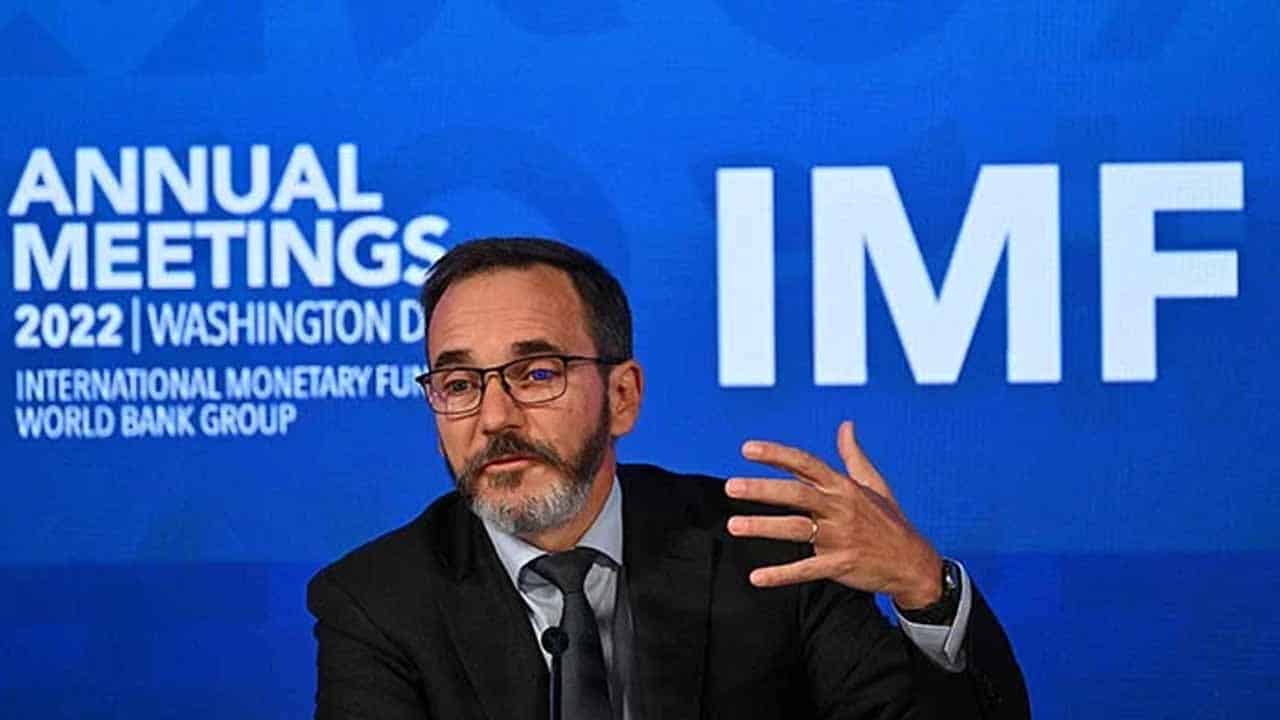The IMF downgraded its predictions for global growth on Tuesday as nations deal with the effects of Russia’s invasion of Ukraine, rising living expenses, and global economic downturns.
The conflict in Ukraine has increased the cost of food and energy in response to the coronavirus outbreak, and rising costs and interest rates pose a threat to the global economy as a whole.
In a blog post that followed the International Monetary Fund’s most recent World Economic Outlook, economic adviser Pierre-Olivier Gourinchas warned that this year’s shocks will reopen economic wounds that had only partially healed after the pandemic.
He warned that the three largest economies — the United States, the European Union, and China — will continue to stall and that more than one-third of the world economy is on track to decrease this year or the following year.
According to Gourinchas, “the worst is still to come and 2023 will seem like a recession.” In its report, the IMF revised its projection for global GDP growth in 2023 downward, to 2.7 percent from estimates in July. It continues to predict 3.2 percent global growth for this year.
Aside from the worst of the epidemic and the global financial crisis, the global growth profile is at its worst point since 2001, according to the IMF. This reflects slowdowns for the biggest economies, including a US GDP contraction in the first half of 2022 and continued lockdowns in China as it faces a property market crisis.
Laser focus
A major contributing element to the downturn is a change in policy as central banks attempt to rein in rising inflation, with higher interest rates beginning to cool domestic demand.
According to Gourinchas in the research, rising price pressures pose the biggest immediate threat to prosperity, and central banks are currently “laser-focused on restoring price stability.”
Global inflation is anticipated to reach a record this year of 9.5 percent before declining to 4.1 percent by 2024.
He cautioned that underestimating the duration of inflation could threaten macroeconomic stability in the future “by seriously weakening the hard-won credibility of central banks.”
In response to a question regarding the Federal Reserve’s rate increases, Gourinchas stated during a press conference on Tuesday that while the IMF is not recommending an acceleration, they should also “not pause on the path… that we’ve observed.”
As countries recovered from the pandemic, banks began operations at a time when interest rates were historically low, he claimed.
However, the fund also cautioned that many low-income nations are either in, or on the verge of, debt trouble. The current issues do not make a significant slump likely.
While the G20 has agreed on a “common framework” for debt restructuring for the poorest countries, only three have qualified and “more progress is needed,” Gourinchas told reporters.
“Time may soon be running out,” he said.
A slowdown in major economies
The IMF has also decreased its projections for China and the two largest economies in the world, the United States.
Due to an “unexpected real GDP decrease in the second quarter,” the IMF revised its projection for US economic growth this year down from 1.7% to 1.6%, or 0.7 percentage points, from its July estimate.
According to the research, “declining real disposable income continues to eat into consumer demand, and increasing interest rates are having a significant impact on expenditure.”






